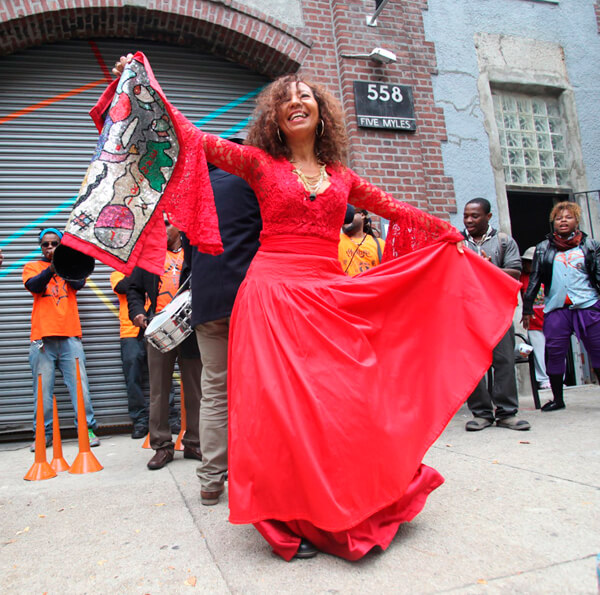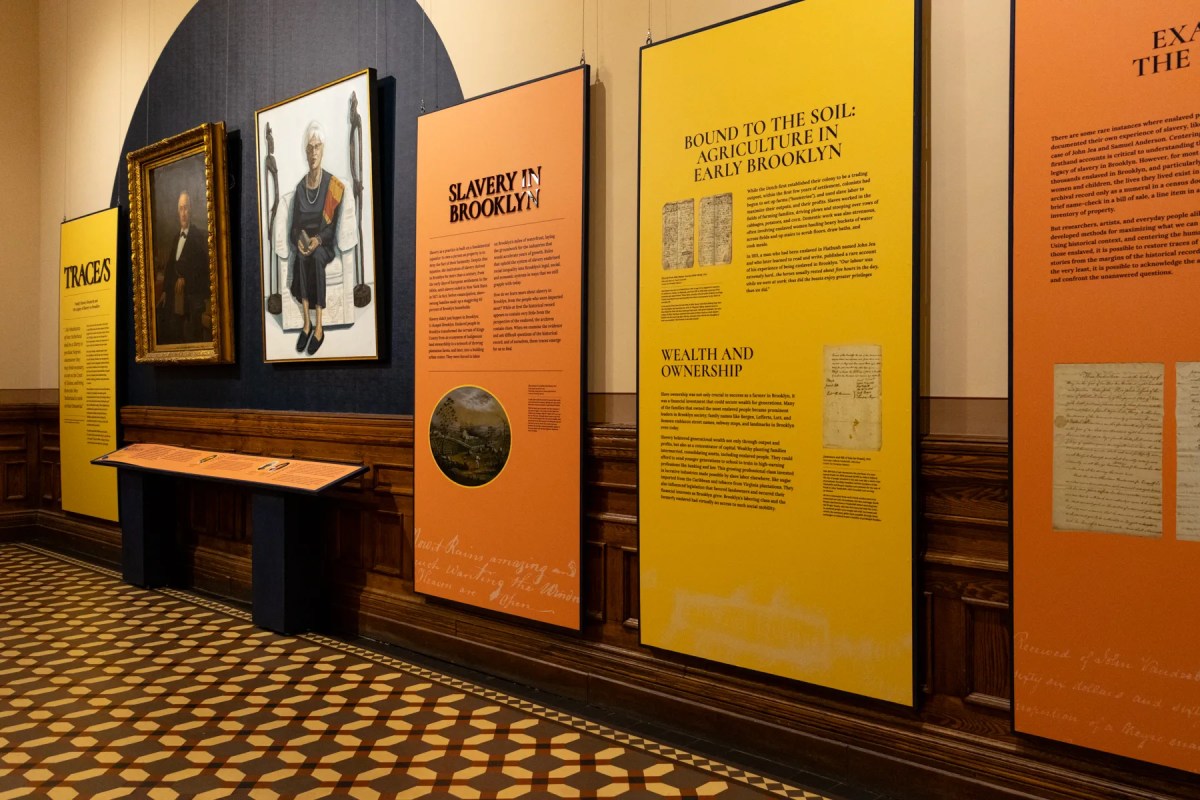Soaking up some of the last bit of good weather, the Haiti Cultural Exchange hosted its first parade showcasing various forms of traditional Haitian performance art.
Led by Haitian artist, Allenby Augustin — director of Haiti-based Akoustik Production, which aims to preserve the traditional music and arts of Haiti — local artists of the Diaspora learned traditional Haitian folktales, games and more.
Visiting as a resident artist, Augustin left his thumbprint on the artists and members of the Haiti Cultural Exchange through the shared knowledge in workshops.
According to Regine Roumain, executive director of the Haiti Cultural Exchange, “It’s been really interesting and fun to watch him.”
Leading up to the culminating event, Bann Kote — which means “storytelling procession” — on Sunday, Nov. 1, Augustin led workshops with other artists and students at PS 189 where he provided the students with the tools to create their own folktale, and more.
Bringing Ra Ra music — a genre of Haitian music that is generally played during Lent and carnival times in Haiti — to the forefront, Roumain, Augustin and the artists culminated their weeklong work as a parade showcasing various stems of traditional Haitian art and games.
“It’s the first time we’re doing anything like this. We do lots of programming throughout the year but it’s the first time we’re planning a performing arts activities outside in like a parade setting,” Roumain explained.
Starting at the Haiti Cultural Exchange’s home base on St. Johns Place between Franklin and Classon avenues, musicians and dancers performed before leading an excited group down Eastern Parkway to continue performances in front of the Brooklyn Public Library.
The parade ended at BERG’N, located on Bergen Street between Franklin and Classon avenues, where interested audience members were able to ask the participating artists and Augustin questions about the process, music, and more.
In the future, Roumain hopes to invite more Haitian based artists to interact with artists of the Diaspora. Though a costly feat, Roumain asserts that this is the type of work the Haiti Cultural Exchange was founded to do.
“I would love to be able to do a lot more of these collaborations with Haiti based artists and working with artists in the Diaspora to create new work,” Roumain said. “Fostering the ability for artists to work across borders, being able to work together and create and learn from one another, and then present it to a public audience.”


























